The Nordic School Concert
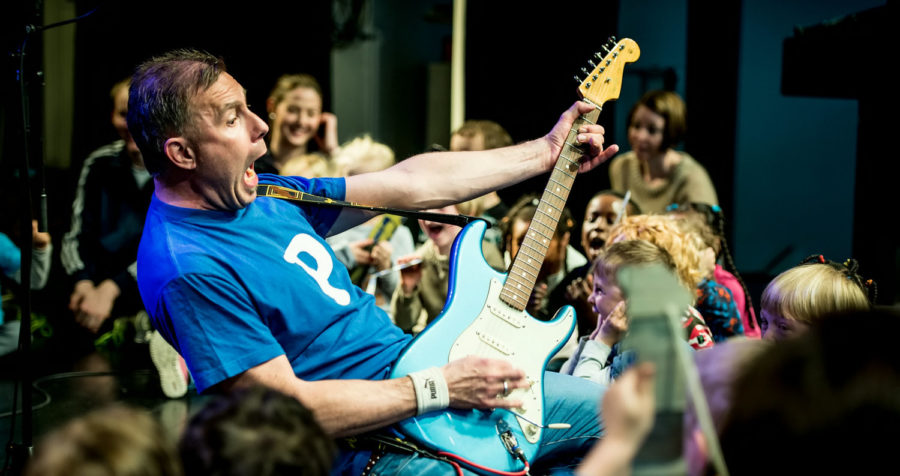
Background
The Nordic School Concert Model has developed since the 1960s. In spite of national variations, the general trend has been quite similar in the five countries. It builds on a general recognition of children and youth as equal citizens with equal competences in experiencing and valuing art. This leads to the conclusion that they should have the same access to cultural benefits as adults and with equally high quality standards, but yet, in ways adjusted to their age.
At the same time, an important measure is to keep a strong and versatile live music scene alive and maintain a high level of music performance in society.
In order to give the same opportunities to all, there was from early on an understanding that the public school framework was perfect. The idea gathered momentum amongst musicians, music institutions, music teachers and musicologists and gradually, national music committees and ministries adopted a practice of supporting school concert activities financially. Gradually school concerts developed into a mutual endeavor between culture and school with equal ownership to both.
Above: Kykeliky, concert by Kulturtanken Norway. Photo: Lars Opstad
Objectives
The main objectives are:
- access to music for all, so that every person get a chance to enjoy it
- expansion of the musical horizon for all
- promoting the tradition of experiencing music live
- keeping musical traditions alive
- ensuring a high level of quality of music
- promote a creative approach to learning
How it was done
The typical school concert is delivered by a small music group of 1-5 musicians coming to the school and performing a concert of less than an hour for 100-150 pupils in the gym hall or nearby cultural venue. In many cases the teachers have received study material in advance enabling them to prepare the visit or follow up afterwards.
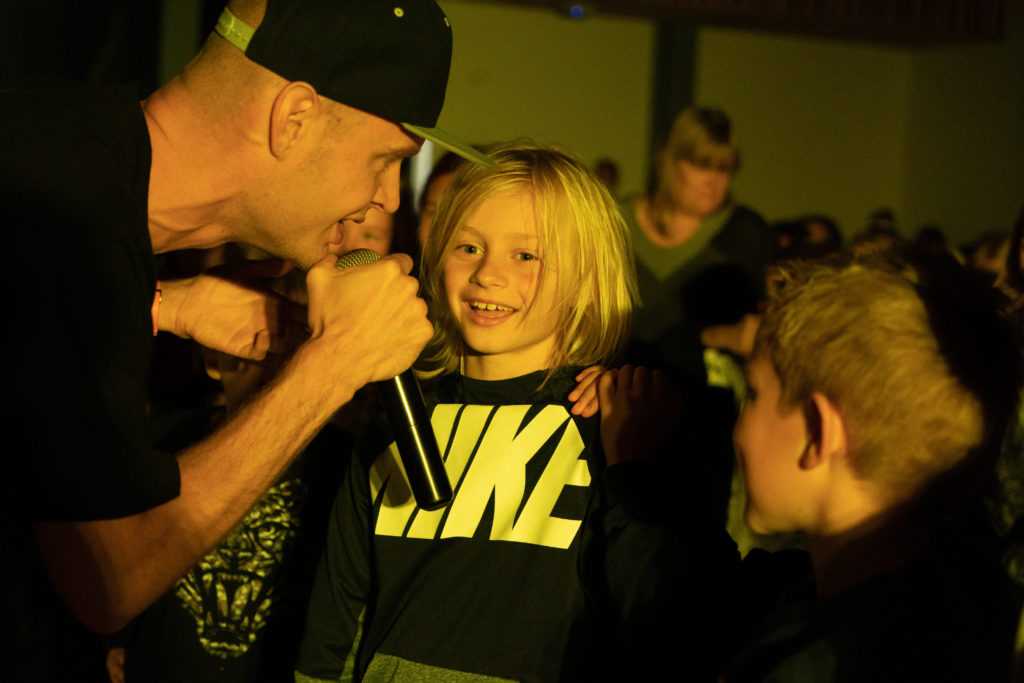
Concert by Levende Musik i Skolen, Denmark.
The musicians are carefully selected to represent a variety of genres over the years. The curation criteria are mainly: quality of music, skills of the musicians and the ability to create a good connection and communication with the audience.
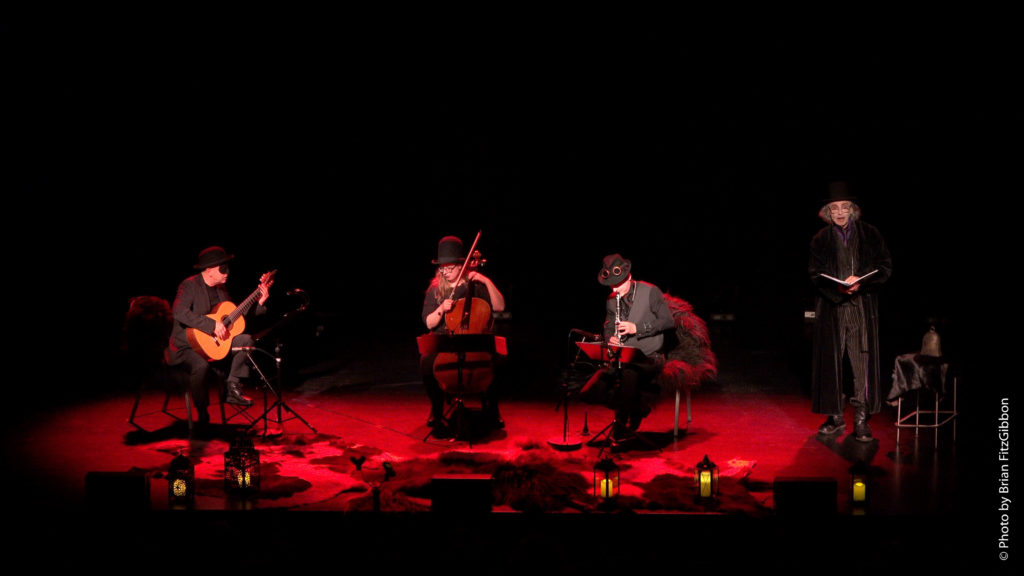
Concert by List Fyrir Alla, Iceland. Photo: Brian FitzGibbon
After selecting the concert tours of the year, all new productions are offered coaching by a producer. A process starts where musicians and producer discuss the repertoire, the approach to the relevant age group, staging issues, choreography etc. The intention is to reach a performance that will work well with the pupils and bring out the artistic essence in the best possible way. In many cases an author of study material is also connected to the process.
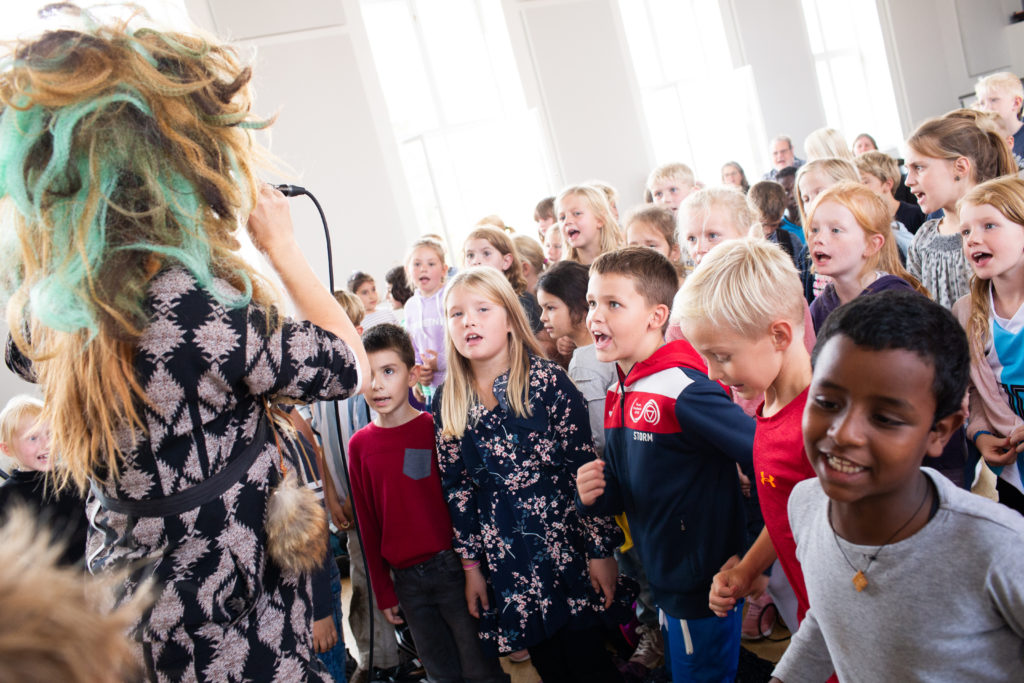
Twist og Polka, concert by YAM, Sweden
The concerts are offered to the schools through networks with counties, municipalities and schools, ensuring the best possible reach-out. In some countries, like Norway, all children experience a concert each year and in others, it is still an ambition to be fulfilled.
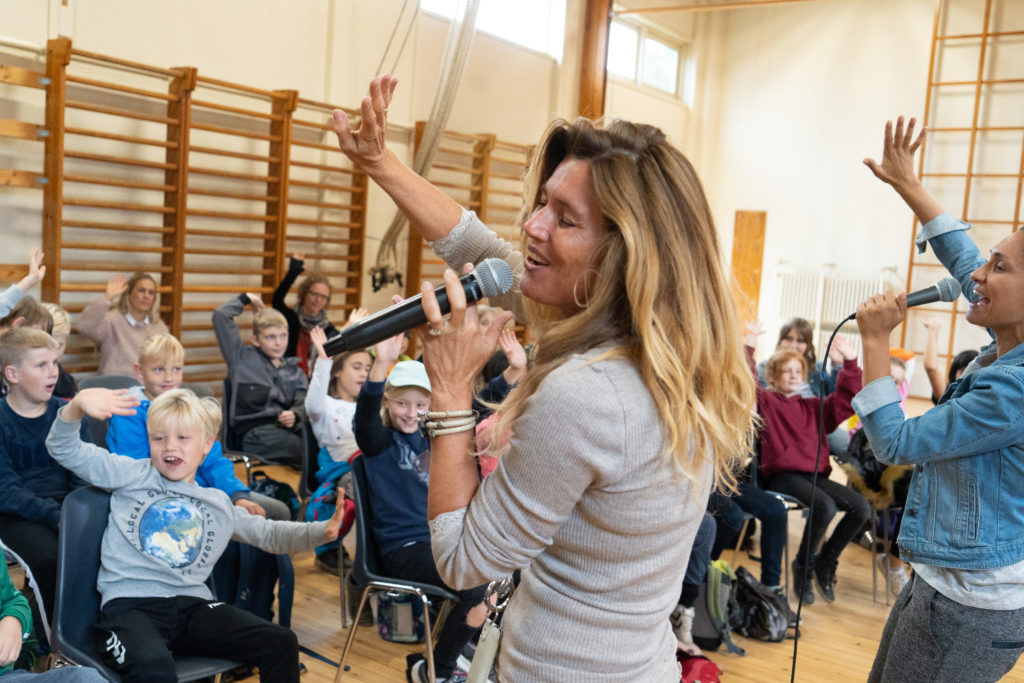
Festival gosper sisters, Levende Musik i Skolen, Denmark
Evaluation of the concerts is important for maintaining the high quality and continuous development. It takes place through surveys and producers following up with visits to concerts, video-recordings etc.
An example of a feedback from a school in Denmark in 2019:
“A fantastic musical experience. It fulfilled all the goals: Music of high quality; We heard something new which was unknown to most of us; We were enveloped in wonderful musical presence. All this contributed to creating a magical moment in Nivå skole on a Thursday in November, where time almost stood still. We are very happy for this! I look forward to every concert, as I know that it will be of high quality and will create a musical memory, no matter if I know the musicians in advance or not.”
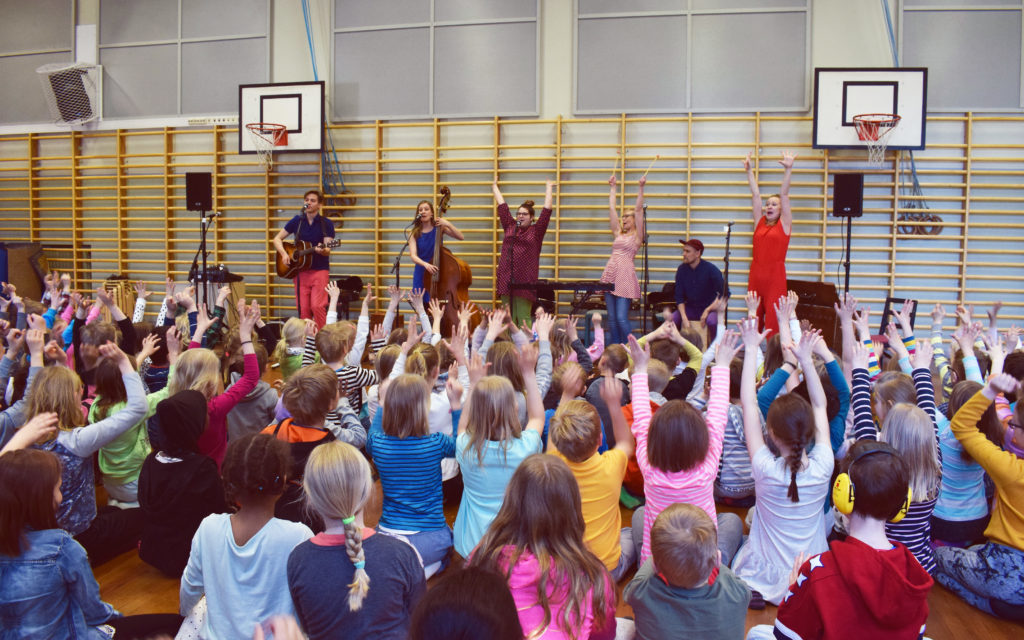
Pikku Papun Orkesteri, concert by Konserttikeskus Finland. Photo: Ville Kekäläinen
Key factors
1. High quality & professional approach
The continuous focus on a high quality and variety combined with a professional approach to careful selection and producing of the concerts.
2. Solid networks, logistics, flexibility and mobility
The solid networks and systems for planning the tours, combined with flexibility and mobility of the musicians touring to the schools in all corners of the countries.
3. Mutual ownership & recognition
The mutual ownership between culture and school making it relevant for both fields and the broad recognition of the practice between music people, school people and politicians.

